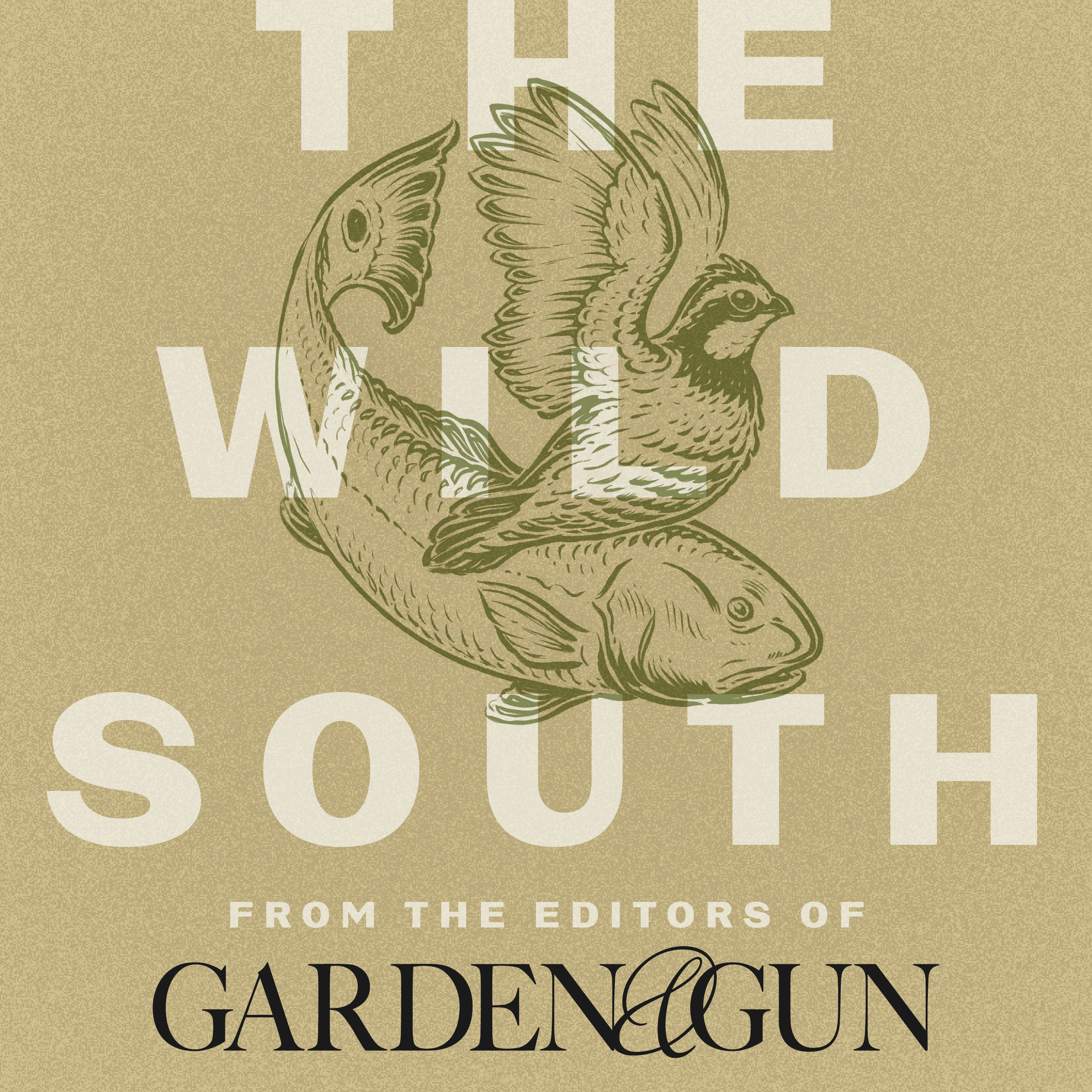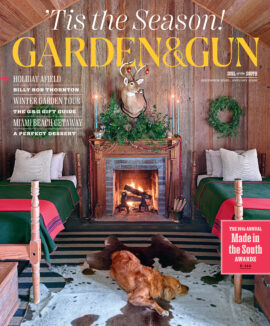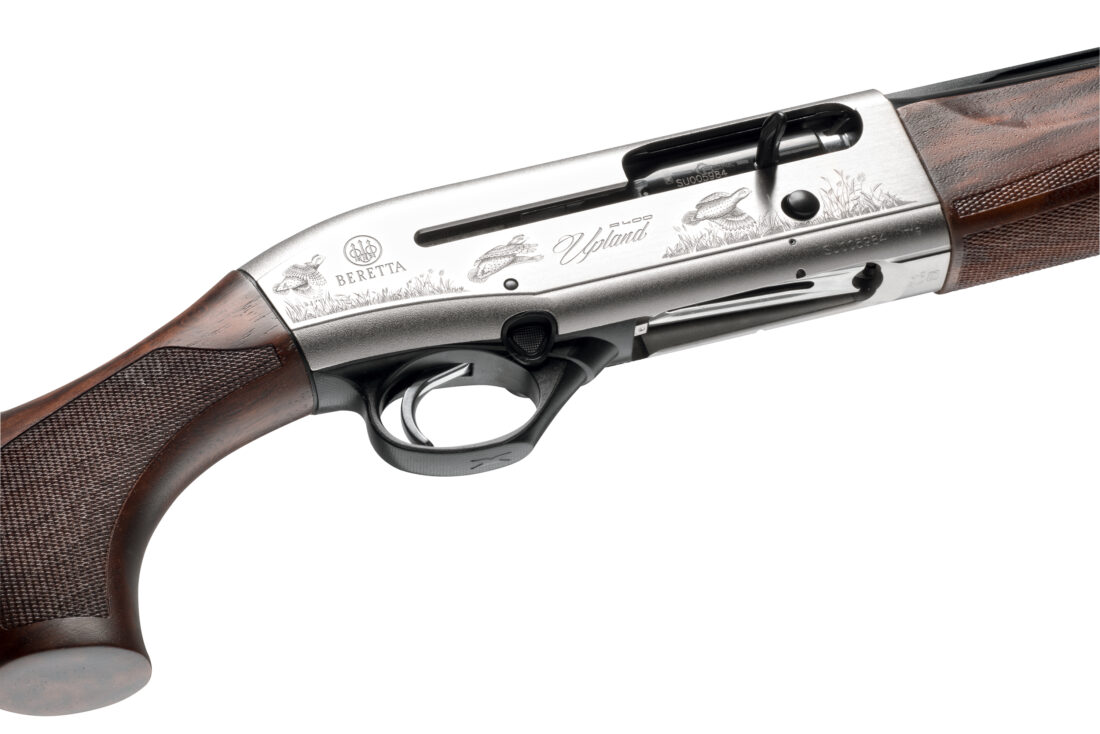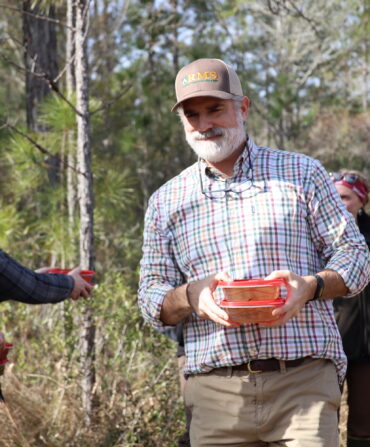Covetousness is an ugly trait, but I couldn’t help the green fire kindling inside when my hunting pal Jimbo Robinson broke out a new Benelli Super Black Eagle 3 20-gauge in an Arkansas duck blind last fall. The shotgun appeared slender and winsome. Svelte, or as svelte as a camouflaged hunk of metal and plastic could be. “Pick it up,” he said. “Can you believe how light it is?”

I could not believe how light it was. Nor how lively in my hands. Nor how my fingers clutched it with jealous fervor. I’d already been thinking about shelving my 12-gauge thunderstick for a lighter shotgun. I’m duck hunting more these days, for starters, and hauling that blunderbuss around is no picnic. And the increasing availability of premium shells and advanced pellet materials such as tungsten and bismuth has dramatically narrowed the benefits of shooting a 12-gauge at birds forty yards and closer.
Robinson, an avid hunter who works for Ducks Unlimited, started shooting a 20-gauge for duck hunting four years ago. “Shot selection was the original reason,” he explains. “I hunt timber a lot, and having the 20 made me think a bit more before pulling the trigger. But now, with the advances in ammunition, performance is why I’ve stuck with it, and the better ammo has allowed me to shoot a 20 in open field hunting as well.”
A growing number of models seem laser targeted to hunters thinking along these same lines. This enticing trend of lighter, sprightlier, and more-pleasing-to-shoot hunting shotguns gives waterfowlers a new way to lessen a season’s toll on the body. That’s why I’m now in happy possession of my own less-is-more waterfowling piece: Beretta’s A400 Upland Kick-Off Plus in 20 gauge. (Take that, Jimbo!) The instant I saw the lovely wood-stocked gun—an increasing rarity in the semiautomatic category—I felt that green fire growing again.
When you’re choosing among these so-called “sub-gauge” offerings, three primary factors emerge. With less weight to dampen a firearm’s kick, lighter guns actually open the door to greater recoil. To get around that unyielding Newtonian dictum, gunmakers have a limited number of ways to tweak and retool. Thankfully, they’re a creative lot.
The first consideration is the gun’s action—the mechanical means by which it cycles shells. Fetching as over-and-under and side-by-side shotguns are, gas-operated or inertia-driven semiautomatic shotguns will by and large be softer shooters. The softest are typically gas-operated systems, in which part of the energy from the fired shell bleeds off to work the shotgun’s bolt. That’s what Beretta uses in its A400 models.
Inertia-operated guns, like my friend’s Benelli, instead use recoil to compress a heavy spring to cycle shells. Fans rave about their dependability and ease of cleaning. Browning also uses an inertia system in its new A5 20-gauge. Following the company’s revival of the revered “humpback” A5 platform with a 12- and a 16-gauge, this year’s introduction of the 20-gauge (also a wood-stocked gun) drew a chorus of glee from the duck hunting angels.
Another consideration is stock design, which is where manufacturers have made some of the most important recoil reduction advancements. Nearly fifteen years ago, Benelli introduced a system of cutting the stock diagonally and outfitting the space with shock-absorbing materials. That technology has recently evolved with the addition of a soft rubber cheek-piece that dampens vibrations. Beretta’s Kick-Off Plus stock on the 20-gauge A400 Upland uses a new recoil pad to absorb impact, with another shock absorber attached to the tie rod between receiver and stock. Two separate stock sections can shift independently, which reduces recoil significantly and dampens muzzle rise.
Then come pure aesthetics. Those might not affect performance, but they do impact enjoyment. For me—a shooter who wanted a lightweight gun and as little recoil as possible, but a traditionalist when it comes to shotgun design—the Beretta’s wood stock and gas-operated action drop-kicked me off the fence. Which is why I’m no longer drooling over Jimbo’s Benelli, though that’s not to say I won’t wind up with one someday, or perhaps the sexy Browning A5. I still have an open slot or three in my gun safe.

The Wild South Podcast
Want more stories about the Southern outdoors? Listen to our new podcast, The Wild South, in which cohosts Dave DiBenedetto and Eddie Nickens talk with the likes of Flip Pallot, Hilary Hutcheson, Andrew Zimmern, and others about fishing and hunting and conserving the lands and waterways of the South and beyond. Get all the episodes here.








